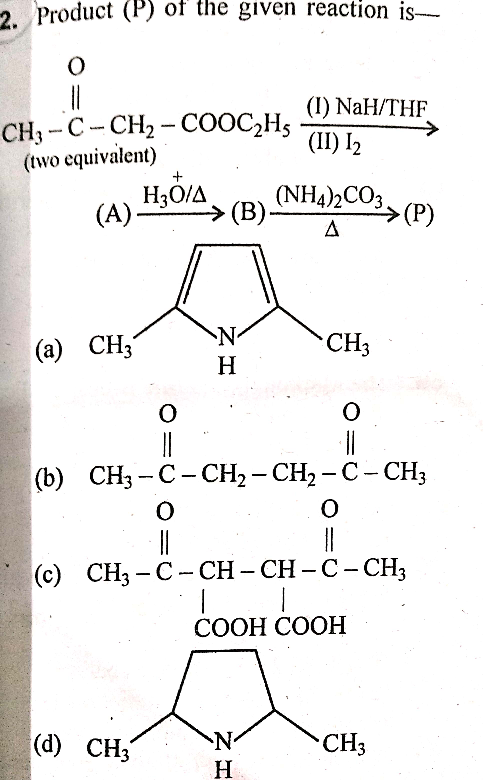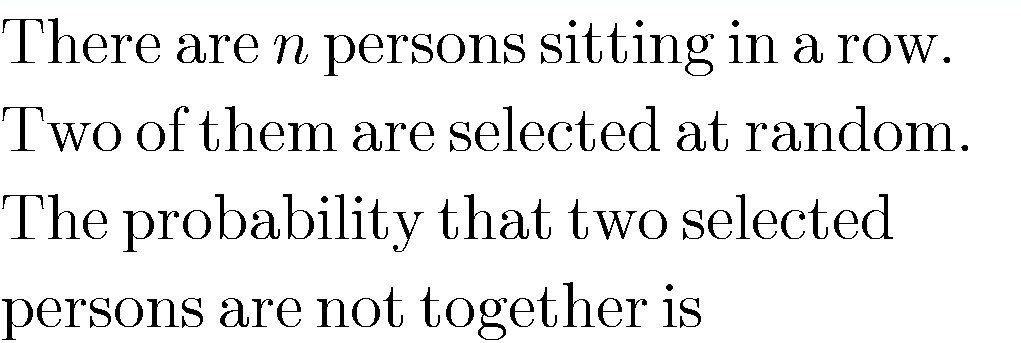
AllQuestion and Answers: Page 1530
Question Number 57938 Answers: 0 Comments: 0

Question Number 57933 Answers: 0 Comments: 0

Question Number 57932 Answers: 1 Comments: 0
Question Number 57931 Answers: 0 Comments: 0
$$\mathrm{What}\:\mathrm{is}\:\mathrm{2}^{\mathrm{3}} +\mathrm{6}×\mathrm{4} \\ $$
Question Number 57930 Answers: 1 Comments: 0
$$\mathrm{solve}\:\mathrm{2}.\mathrm{3}\left(\frac{\mathrm{2}}{\mathrm{11}}+\mathrm{3}\right) \\ $$
Question Number 57925 Answers: 1 Comments: 1
$${solve}\:{y}^{''} \:−{xy}\:=\mathrm{0}\:\:{by}\:{using}\:{integr}\:{series}. \\ $$
Question Number 57923 Answers: 0 Comments: 3
Question Number 57922 Answers: 0 Comments: 2
Question Number 57915 Answers: 2 Comments: 0

Question Number 57914 Answers: 0 Comments: 0

Question Number 57909 Answers: 2 Comments: 0
Question Number 57902 Answers: 1 Comments: 1
Question Number 57900 Answers: 0 Comments: 1
Question Number 57899 Answers: 0 Comments: 2
Question Number 57889 Answers: 0 Comments: 0

Question Number 57882 Answers: 1 Comments: 1
$$\mathrm{2}\left[\mathrm{3}×\mathrm{4}+\mathrm{2}×\mathrm{4}\right] \\ $$
Question Number 57881 Answers: 0 Comments: 0
$$\mathrm{calculate}\frac{\mathrm{2}}{\mathrm{13}}×\mathrm{2}\frac{\mathrm{1}}{\mathrm{4}} \\ $$
Question Number 57880 Answers: 0 Comments: 0
Question Number 57873 Answers: 1 Comments: 1
Question Number 57866 Answers: 2 Comments: 0
Question Number 57865 Answers: 2 Comments: 0

Question Number 57863 Answers: 1 Comments: 2

Question Number 57864 Answers: 1 Comments: 0

Question Number 58001 Answers: 1 Comments: 1

Question Number 57850 Answers: 1 Comments: 0
Question Number 57848 Answers: 0 Comments: 2
Pg 1525 Pg 1526 Pg 1527 Pg 1528 Pg 1529 Pg 1530 Pg 1531 Pg 1532 Pg 1533 Pg 1534
